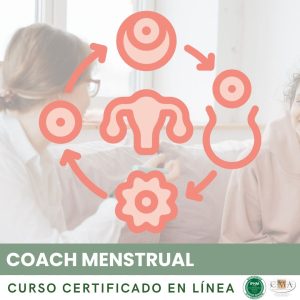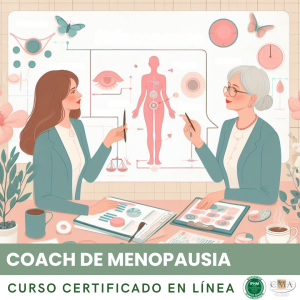
Assessment and measurement tools for the benefits of laughter are essential to objectify the impact of laughter therapy and demonstrate its legitimacy. They allow to quantify the progress of participants, adapt interventions based on results, and promote the effectiveness of this approach to prescribers and funders.
Among the most used tools, there are standardized questionnaires measuring various aspects of well-being. The World Health Organization Well-Being Index (WHO-5) evaluates the quality of life and positive mental health through 5 simple items, for instance. The Positive and Negative Affect Schedule (PANAS) measures the frequency of positive and negative emotions experienced over a given period. These scientifically validated scales allow measures to be taken before/after the intervention and to monitor progress over time.
Specific questionnaires related to laughter and humor can also be used. The Sense of Humor Questionnaire (SHQ-6) evaluates the ability to produce and appreciate humor through 6 statements. The Coping Humor Scale (CHS) measures the tendency to use humor as a coping strategy in the face of stress. These tools allow participants’ humor profiles to be identified and possible changes to be observed following therapy.
Beyond self-administered questionnaires, observation grids can be filled in by the laughter therapist to more objectively assess manifestations of laughter in participants. Behavioral criteria such as frequency, intensity and duration of laughter, as well as posture, facial expressions and quality of interactions can be rated on a scale. This allows the results of the questionnaires to be nuanced and captures more subtle benefits.
To further understand the mechanisms of laughter, physiological measurements can be made. Heart rate, blood pressure, salivary cortisol level, and brain activity can be recorded before, during and after laughter sessions. These objective data highlight the effects of laughter on the autonomic nervous system, stress and emotions. They provide solid scientific arguments to establish the credibility of laughter therapy.
Qualitative assessment is an essential complement to quantitative measures. Individual interviews or focus groups can be conducted with participants to collect their experiences, learnings and the perceived impact of laughter therapy in their daily lives. These embodied testimonies give meaning to the figures and capture more diffuse benefits, such as self-confidence, social relationships or one’s approach to life. They are a valuable source of inspiration and motivation for the laughter therapist and future participants.
Finally, remote monitoring tools can be offered to participants to extend the benefits of laughter therapy beyond sessions. A laughter journal, either paper or digital (Module 8.7), allows one to record positive experiences, victories and intentions daily. Humorous challenges can be launched each week, encouraging participants to share a joke, laugh in front of a mirror, or cultivate joy in the small moments of everyday life. These tools encourage anchoring of learning and the development of a lifestyle focused on laughter.
The use of assessment data requires certain methodological and ethical rigor on the part of the laughter therapist. It is important to choose validated tools, respect administration conditions, and ensure data confidentiality. The interpretation of results must be cautious and nuanced, taking into account possible biases and the specific context. Pedagogical presentation of results, using graphs and accessible comments, allows participants to take ownership of their progress and boost motivation.
Over the years, the laughter therapist develops a laughter benefits observatory that nourishes and legitimizes their practice. They can conduct case studies, or even scientific publications to share results. They can also use this data to continually improve interventions, identifying impactful exercises or the most receptive audiences. This evaluation, combined with creativity in the use of other supports such as games (Module 8.3), props (Module 8.1), or documentary resources (Module 8.6), make the laughter therapist a true laughter expert for the well-being and fulfillment of all.
Key takeaways:
– Assessment tools allow for the quantification of progress, adjustment of interventions, and validation of the effectiveness of laughter therapy.
– Standardized (WHO-5, PANAS) and laughter-specific (SHQ-6, CHS) questionnaires measure various dimensions of well-being and humor profiles.
– Observation grids objectively evaluate laughter manifestations (frequency, intensity, duration, posture, facial expressions, interactions).
– Physiological measures (heart rate, cortisol, brain activity) illustrate the effects of laughter on the nervous system, stress, and emotions.
– Qualitative assessment (interviews, focus groups) collects experiences, learnings, and the perceived impact of therapy in daily life.
– Remote follow-up tools (laugh diary, humorous challenges) promote the anchoring of learnings and the development of a laughter-focused lifestyle.
– Rigorous and ethical exploitation of assessment data allows the laughter therapist to establish a laughter benefit observatory, feed their practice, and continuously improve it.
👉 To download docx (Editable) file click here : Click here
👉 To download PDF file click here : Click here
👉 To download MP3 file click here : Click here




